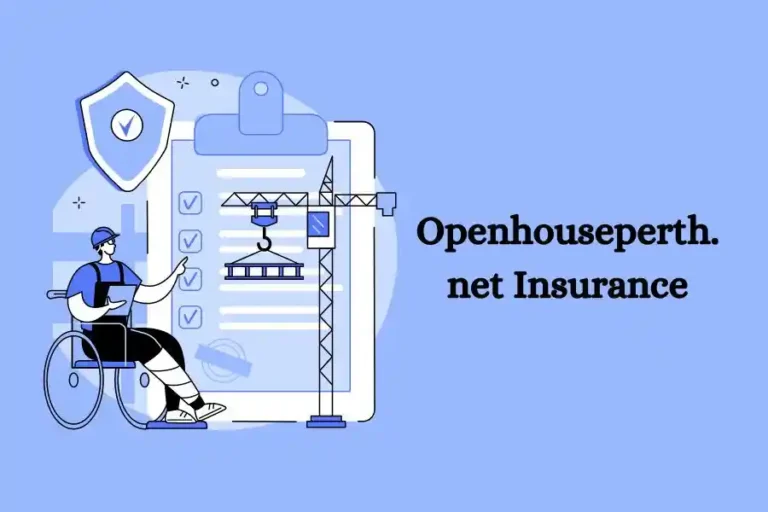From Blueprint to Reality: The World of Property Development Finance

Introduction
Navigating the intricate world of property development finance can often feel like trying to solve a complex puzzle. With each piece representing a different funding source, regulation, or financial strategy, assembling them coherently is no small feat. However, the satisfaction of transforming a blueprint into a tangible reality makes all the challenges worthwhile. This journey from concept to construction is not just about bricks and mortar; it’s a venture filled with visions, risks, and opportunities.
Understanding the Basics
What is Property Development Finance?
Property development finance is a specialised type of funding designed to support building construction, conversion, or heavy refurbishment. Unlike standard residential mortgages, these loans are often short-term and cover both the purchase of the land and the construction costs. The unique nature of development projects, with their varying scales, complexities, and timelines, necessitates a bespoke approach to financing.
The Players in the Game
Critical stakeholders in property development finance include developers, investors, lenders, and sometimes government entities. Developers bring the vision, seeking opportunities to create value through real estate projects. Investors and lenders, on the other hand, provide the necessary capital, each with their own set of expectations regarding risk and return. Government bodies may also provide incentives or funding for projects that align with broader urban development or housing goals.
Navigating the Financing Landscape
Securing the Right Funding
Securing property development finance is a nuanced process. It requires a clear understanding of the different types of financing available, from senior debt and mezzanine finance to joint venture equity and crowdfunding. Each option comes with terms, costs, and equity requirements, making it crucial to align your project’s needs with the most suitable financing structure.
The Importance of a Solid Proposal
A comprehensive and well-structured finance proposal is critical to securing funding. This document should detail the project’s financials and highlight the development team’s experience, viability, and a robust exit strategy. It’s about showing why your project stands out and how it will deliver returns.
Property Development Finance in Action
Property Development Finance is the heart of the financing process, a term encompassing the myriad ways projects get funded. In these details, architects’ dreams and the aspirations of communities find their footing. Whether through traditional bank loans, private lending, or more innovative crowdfunding platforms, the goal remains to bridge the gap between vision and reality.
The Challenges and Solutions
Overcoming Common Hurdles
One of the biggest challenges in property development finance is risk assessment. Lenders meticulously evaluate the project’s feasibility, the developer’s reputation, and the potential for unforeseen costs. To mitigate these risks, developers must ensure thorough due diligence, maintain transparent communication with stakeholders, and adapt to changing market conditions.
The Role of Regulatory Compliance
Navigating the regulatory landscape is another critical aspect. From zoning laws to environmental regulations, compliance is non-negotiable. Developers must stay informed about the latest requirements and integrate them into their planning and execution phases. This proactive approach avoids legal pitfalls and ensures the project’s long-term sustainability.
Looking Ahead: Trends and Innovations
The Evolution of Financing Models
The future of property development finance is marked by innovation. New financing models, such as peer-to-peer lending and blockchain-based platforms, reshape how projects are funded. These technologies promise greater transparency, efficiency, and accessibility, potentially lowering the barriers to entry for new developers and investors.
Sustainable Development Financing
Sustainability has also become a key consideration. Green financing options are increasingly available, offering incentives for projects prioritising energy efficiency, renewable energy, and sustainable materials. This shift reflects a growing environmental consciousness and recognises sustainable development practices’ long-term value and cost savings.
Conclusion
Property development finance is complex and dynamic, requiring a careful balance of creativity, diligence, and strategic planning. Developers have many factors to consider, from securing the correct type of funding to navigating regulatory landscapes and embracing innovative financing models. Yet, the potential to transform a piece of land into a thriving community or a landmark building drives the industry forward.
As we look to the future, the continued evolution of financing mechanisms and a growing emphasis on sustainability promise to open new horizons for property development. In this intricate dance between vision and viability, finance is the melody that brings the dream of development to life.





